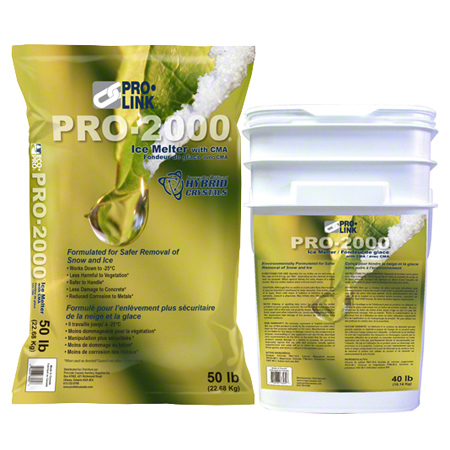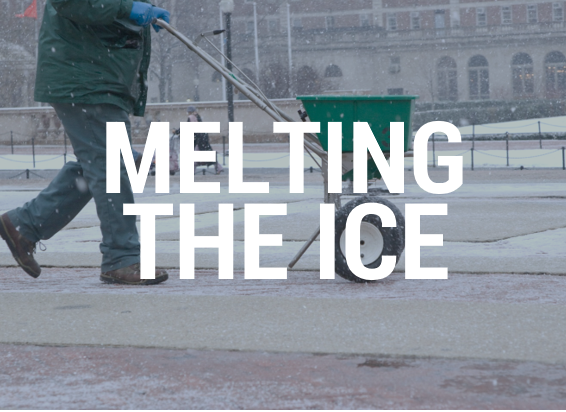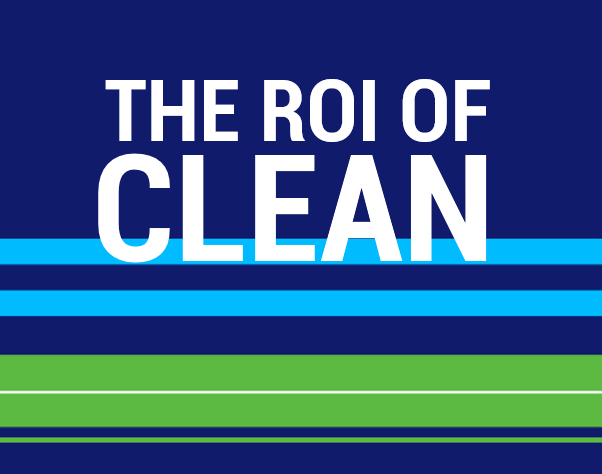Sure it’s raining. That’s why you should start thinking about ice.
If you’re a property or facilities manager, you know how important it is to ensure that you’ve got the right supplies on hand when the first freezing weather sets in. So you’re probably already thinking about how you’re going to ensure that your roads, walkways and parking lots stay snow and ice-free – and safe – this winter.
Last year, Ontario experienced a serious shortage of road salt due to a strike at one supplier and a flood at another. While those issues have now largely been resolved, stockpiles remain depleted and experts at Environment Canada advise that shortages will continue this winter, and the salt imported from Egypt and other countries have caused the price to double in many markets.
Salt: How do you navigate shortages or steep price increases?
By seeing the situation as an opportunity to make your facilities more environmentally sustainable – and moving away from salt and sand.
Most of us know that salt isn’t really an ideal solution: It’s corrosive; it causes huge problems when it washes off parking lots and sidewalks into freshwater rivers and streams where it damages the flora and fauna; it can be tough to spread evenly, meaning most of us use too much; and, as Vox reports, it can even cause accidents and death by attracting animals to roads to ‘lick’ the salt.
In some areas, sand is used as an alternative to salt, but it also has problems: While it may improve traction, it doesn’t actually melt ice and snow, so it tends to build up without really solving the problem, and leaves behind a huge mess and drainage issues in the spring, which in turn cause their own environmental issues. (And sand itself is becoming a scarce resource – it’s not necessarily more available than salt.)
It’s time to look at alternatives.
Salt alternatives: Some are better than others
Even before the salt shortage, many organizations have been looking for more environmentally-sustainable options to salt: In Wisconsin, where they make a lot of cheese, they use cheese brine. Birdseed can be an option to improve traction, but, like sand, isn’t a de-icer and is insufficiently effective to be a safe alternative for public sidewalks. In Calgary, they’ve started using beet juice, which is effective – but expensive, and still relies on chloride, which is just as corrosive as salt.
There is an environmentally-benign solution
Just like last year, we’re recommending Pro-Link PRO-2000.

It’s made of CMA (calcium magnesium acetate). It’s fast-acting, and when pre-applied, prevents ice and snow from bonding to the surface area. As it goes to work, its time-released formula stays on the surface area longer, helping to control the freeze/thaw cycle.
It’s easy to spread and won’t get tracked into your facilities. But most importantly, it doesn’t cause the environmental harm of salt, there isn’t a shortage – and the price hasn’t doubled in the past 18 months, as has happened with salt.
Health & safety
PRO-2000 is safe to handle without protective clothing, so it’s especially easy to use in retail locations and offices where full-time maintenance personnel aren’t always available. It doesn’t dry out or irritate the skin. It’s CFIA approved and safe for vegetation.
Want to learn more about how to combat the salt shortage this winter? Call us at 905-522-5756 or email sales@tennier.ca and we’ll make sure you have what you need!





